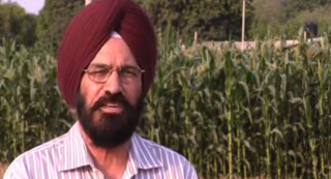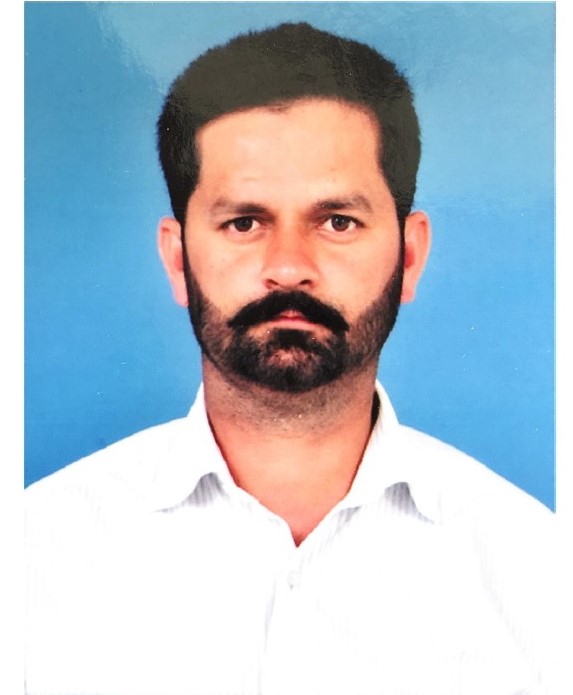Grounded In Groundnuts!

Groundnut forms an important crop in the Hoshiarpur district of Punjab and accounts for a major share of around 20 per cent of the gross cropped area; however, owing to various constraints, the availability of quality groundnut seeds is poor and its production is severely constrained. Another favourable and traditional groundnut-growing pocket is in Mansa district, where the light, sandy soil is ideal for its cultivation, but where paddy is being cultivated as the remunerative price and market support for the oil nut is low.
Under the Reviving the Green Revolution (RGR) Initiative, the Trusts first supported the Punjab Agricultural University (PAU), Ludhiana in 2007-08, towards the development and popularisation of the SG 99 variety of groundnut that led to yield improvement and increased income for the farmers in these districts. However, with no proper procurement policy in place, production fell short of the profits expected!
Consequently, the RGR Cell, Ludhiana – the Trusts’ nodal agency for the RGR Initiative – along with the expertise of the Central Institute of Post-Harvest Engineering & Technology (CIPHET), Ludhiana, made special efforts to develop effective marketing systems, improve market access and price realisation for farmers through knowledge transfer, and create effective producer organisations. An 11-member ‘Maharaja Ranjit Singh Kandi’ Self Help Group (SHG) was formed in June 2012 in the Bhunga block of Hoshiarpur district and, backed by technical support from RGR Cell and the Department of Agriculture, Government of Punjab, group members added 22 per cent additional area over the previous year, increasing the production area to 179 acres in the 2012-13 Kharif season. Moving cautiously initially, about 1 ton out of the 128 tons produced were pooled and sold by the members through collective marketing. The group conducts field and market surveys, meetings, exposure visits and trainings of members at technical institutes such as CIPHET and is looking forward to set up a processing unit in near future.
Interestingly, the group has moved one step ahead, branding their produce “MAHANUT”. “Group training in quality groundnut production by the Department of Agriculture and the RGR Cell helped us learn a lot about the post-harvest management of produce and creating value additions,” group president Davinder Singh admits, gratefully.
“After learning about proper grading and roasting, we sold our specially packed and branded produce through various means like local retailers and farmers’ fairs, as well as directly to the village consumers through group Common Facility Centres and Bhathiwalas (persons roasting the groundnut), which helped us gain experience and confidence in marketing our produce,” Dharam Singh, a member of the group, relates proudly.
Group treasurer Mandeep Singh discloses that they were able to earn a net profit of Rs. 11,450 by selling 8.5 quintals produce in just two months, and are optimistic that demand will only rise further.













